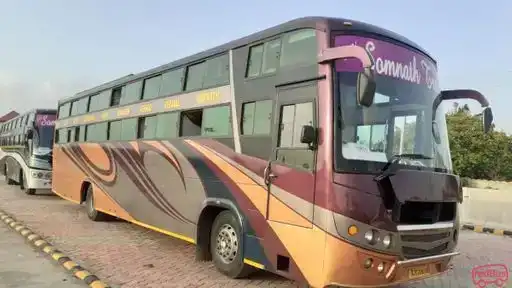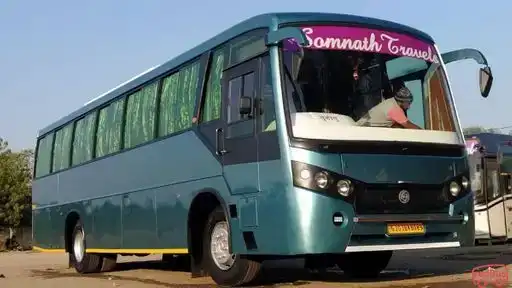Rajkot is a vibrant city in the Saurashtra region of Gujarat, India. Known for its rich history and cultural heritage, Rajkot is the fourth-largest city in Gujarat. It plays a pivotal role in the state's industrial, cultural, and economic landscape.
Historical Significance
Founded in the 16th century by Vibhaji Jadeja and Raju Sandhi, Rajkot has a storied past that intertwines with India's colonial history. It was once the capital of the princely state of Saurashtra and was a significant hub during the British Raj. Mahatma Gandhi spent the early years of his life in Rajkot, where his father was the Diwan (Chief Minister) to the king of Rajkot. His childhood home, now a museum, is a major historical site.
Culture
Rajkot is a melting pot of traditions and cultures, reflecting the diverse heritage of Gujarat. The city is known for its folk dances and music, particularly Garba and Dandiya, performed during the Navratri festival. Rajkot also hosts numerous fairs and festivals that showcase the rich Gujarati culture.
Food
The cuisine in Rajkot is predominantly vegetarian, reflecting the dietary customs of Gujarat. The city is famous for its Gujarati thali, which consists of roti, dal, rice, and shaak (cooked vegetables), along with accompaniments like pickles and chutneys. Snacks like Dhokla, Khandvi, and Fafda are popular, as are sweets such as Jalebi and Peda.
Language
Gujarati is the primary language spoken in Rajkot. Hindi and English are also widely understood and used, particularly in business, education, and communication.
Geography
Rajkot is located in the center of the Saurashtra peninsula and has no major rivers flowing through it, which makes it primarily reliant on groundwater and rainwater harvesting. The terrain is mostly flat, which aids in its role as a significant industrial center.
Handicrafts
Rajkot is renowned for its jewelry market, especially for its gold jewelry and watch parts. The city is also known for its embroidery, mirror work, and bandhani (tie-dye) fabrics, which are significant to the traditional crafts of Gujarat.
5 Famous Places to Visit
- Mahatma Gandhi's Home (Kaba Gandhi No Delo): Mahatma Gandhi’s childhood residence, now converted into a museum that displays Gandhi's personal belongings and photographs.
- Watson Museum: Located in the Jubilee Garden, the museum showcases Rajkot's colonial history and cultural artifacts.
- Aji Dam: A major dam providing water supply to the city, surrounded by a garden, zoo, and amusement park.
- Rotary Dolls Museum: Features a collection of dolls from around the world, representing various countries' cultural diversity and costumes.
- Jubilee Garden: A large, open park in the center of the city that provides a recreational space for locals and tourists alike.
Best Time to Visit
The best time to visit Rajkot is from October to March, when the weather is cooler and more pleasant than during the hot and dry summer months.
Connectivity
Rajkot is well-connected by air, road, and rail. Rajkot Airport has regular flights to major cities like Mumbai and Delhi. The city’s railway station links it to various cities across India, while extensive road networks provide connectivity to other major cities in Gujarat and neighboring states.
Rajkot is an essential hub for culture, education, and business in Gujarat, offering a rich tapestry of history, tradition, and modernity, making it a compelling destination for travelers interested in exploring the diverse cultural landscape of India.








